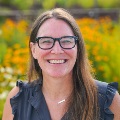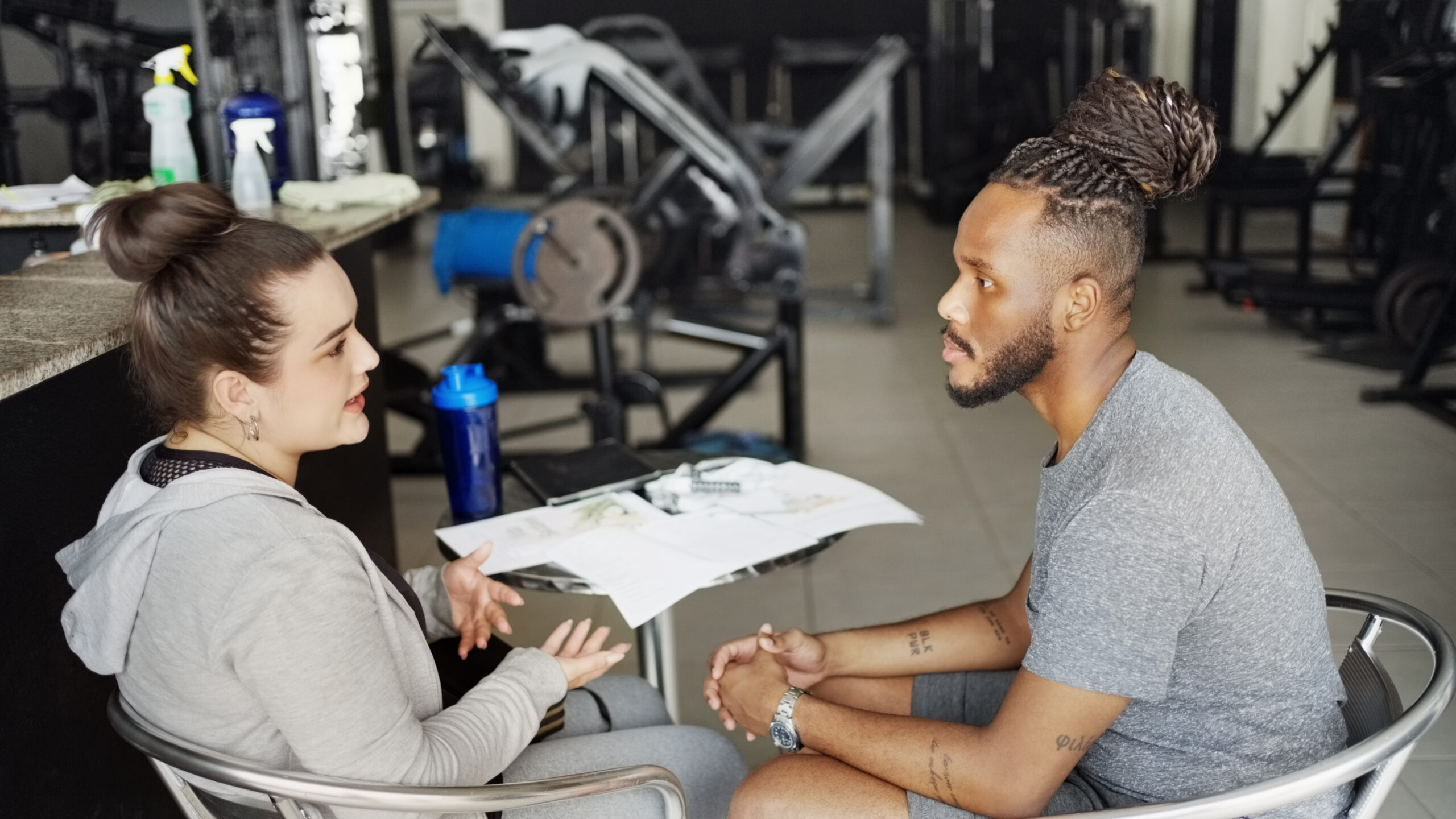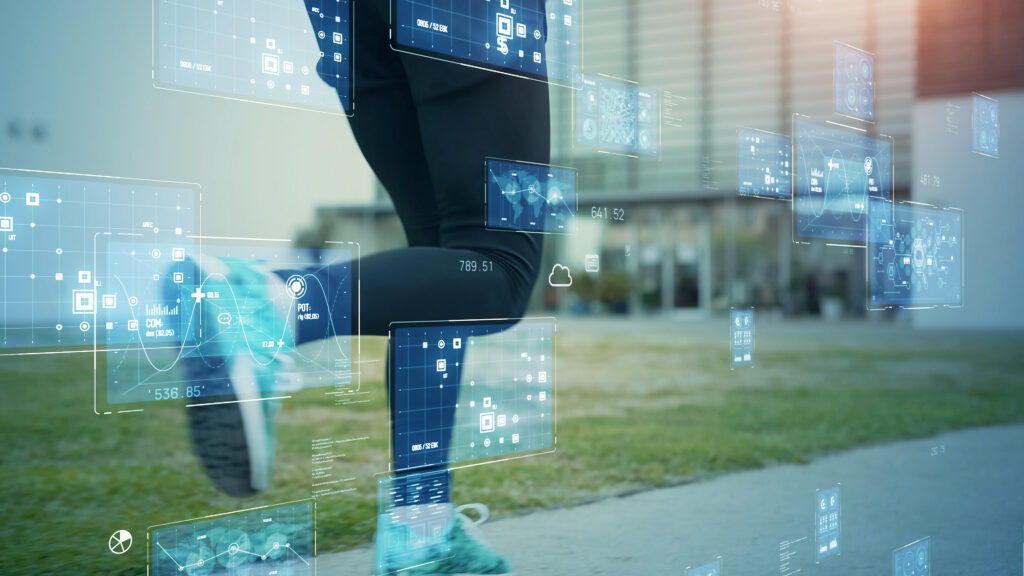In October, we celebrated National Disability Employment Month. We examined how far we have come as an industry and how far we still must go to ensure equal access for people with a disability in our field, particularly in our hiring practices. Inclusion in any space is not a one-time effort. It should be embedded in the core values, policies and culture of an organization for true success. Here are some steps you can take as an organization to ensure your employment opportunities are accessible and inclusive to disabled people.
Step 1:
Be accessible. That may sound simple, but in reality, accessibility is all encompassing. It includes everything from the built environment to technology and services. In addition, accessibility has specific standards that all business and organizations must adhere to. Do your research on accessibility to ensure you are ADA compliant for both your staff and clients. You can even take access and inclusion one step further by meeting Universal Design Standards. If you are not sure where to begin, there are many resources available, including the ADA checklist, AIMFREE or the CHII that can provide an assessment. There are also tools that address website accessibility like WebAIM. While it’s important to receive staff feedback about accessibility, don’t rely on staff with disabilities to do your ADA work. There are accessibility and inclusion specialists you can work with to guide you along the way. Providing an accessible environment lets applicants know you welcome a diverse workforce and are willing to make an accommodation they may require.
Step 2:
Create a culture of inclusion. Make sure your diversity, equity and inclusion committees and initiatives actively include people with disability. Create awareness across your organization on your inclusion standards, and provide trainings on disability, allyship, advocacy, ableism and more. Make inclusion part of your core values and create policies around prioritizing the hiring of individuals with a disability as well as other inclusive practices.
Step 3:
Ensure your marketing and recruitment efforts are accessible and inclusive. People with disabilities are vastly underrepresented in all aspects of life. Take inventory of your recruitment and marketing materials. Does the imagery and language include those with a disability? Are your print and digital materials accessible to people who use assistive technology or have low vision? If not, disabled people may not feel welcome or included, and you may miss out on highly qualified candidates. As a best practice, ensure one in four of your marketing materials or social media posts have disability-inclusive messaging or representation, reflecting the one in four Americans who have a disability. Check out these helpful tips from the National Center on Health, Physical Activity and Disability (NCHPAD) on more inclusive social marketing.
Step 4:
Establish inclusive hiring practices. This might be the most important component of your plan to recruit individuals with a disability in your workplace. Review your hiring process and make sure all aspects are inclusive. This includes making sure your application is accessible, including the platform or website it is located on, and that the language in the job description does not exclude people with certain types of disabilities. Also, job interviews should be conducted in the least restrictive environment. Know the guidelines around inclusive interviews and practice them. Interviews are nerve racking enough. You don’t want to increase that anxiety by conducting it in a non-inclusive space. Check out Inclusively’s suggestions on what this includes.
Step 5:
Partner with the disability community. The disability community has a wealth of knowledge, expertise and resources available. Partnering with disabled people helps you understand the real-life needs and barriers people with disabilities face working in our field or your facility. All disabilities are unique, and there is no one step that can be done to ensure access and inclusion. By partnering with the disability community, you can get a pulse on what unique characteristics exist in your community and how you can equip, hire or serve individuals with a disability in your fitness or wellness facility. They may also be able to provide you with qualified candidates for your organization.
Just like physical fitness, inclusion is a process. A one-time workout or heavy lift doesn’t make you fit. It might make you feel better in the moment, but it does not create long-term results. The same is true of inclusion. Simply adding a ramp or checking an accessibility box will do little to change the overall culture of your organization. So, commit to learning and practicing inclusion bit by bit each day. It will lead to a vibrant organization with a workforce that feels valued and supported.

Kelly Bonner is the Director of Training and Operations at Lakeshore Foundation for the National Center on Health Physical Activity and Disability (NCHPAD). In her work with NCHPAD, she has conducted numerous trainings on Disability Education to organizations like the World Games, Encompass Health, and state health departments. She has also authored publications and blogs for organizations such as ACSM, CDC and NRPA. Mrs. Bonner manages NCHPAD’s training and education components including their on-line E-learning site. For the past 10 years Mrs. Bonner has overseen and delivered the trainings for the Certified Inclusive Fitness Trainer through ACSM. Mrs. Bonner is a certified fitness specialist and has worked at Lakeshore Foundation, an Olympic and Paralympic training center, working with disabled individuals across the lifespan in the fitness center as well as coaching adapted track and field.




